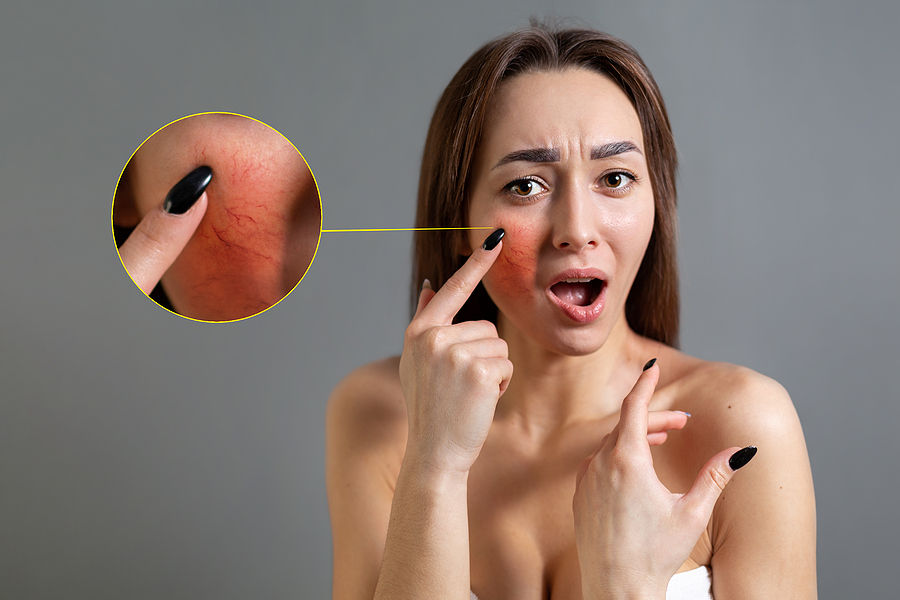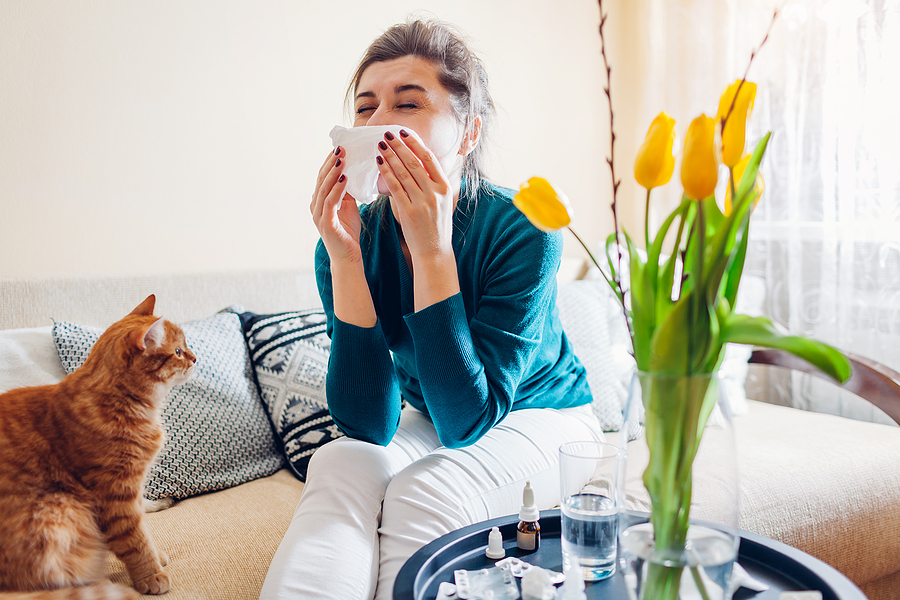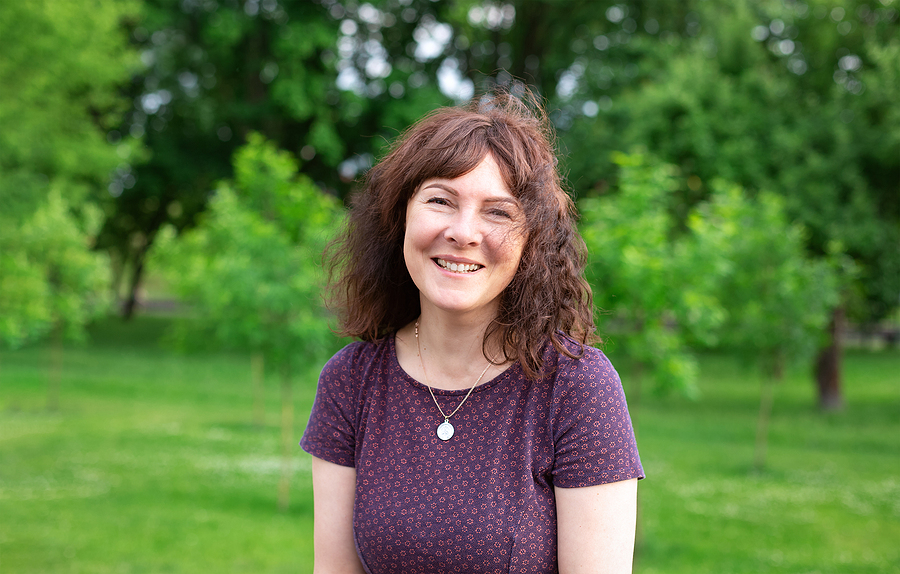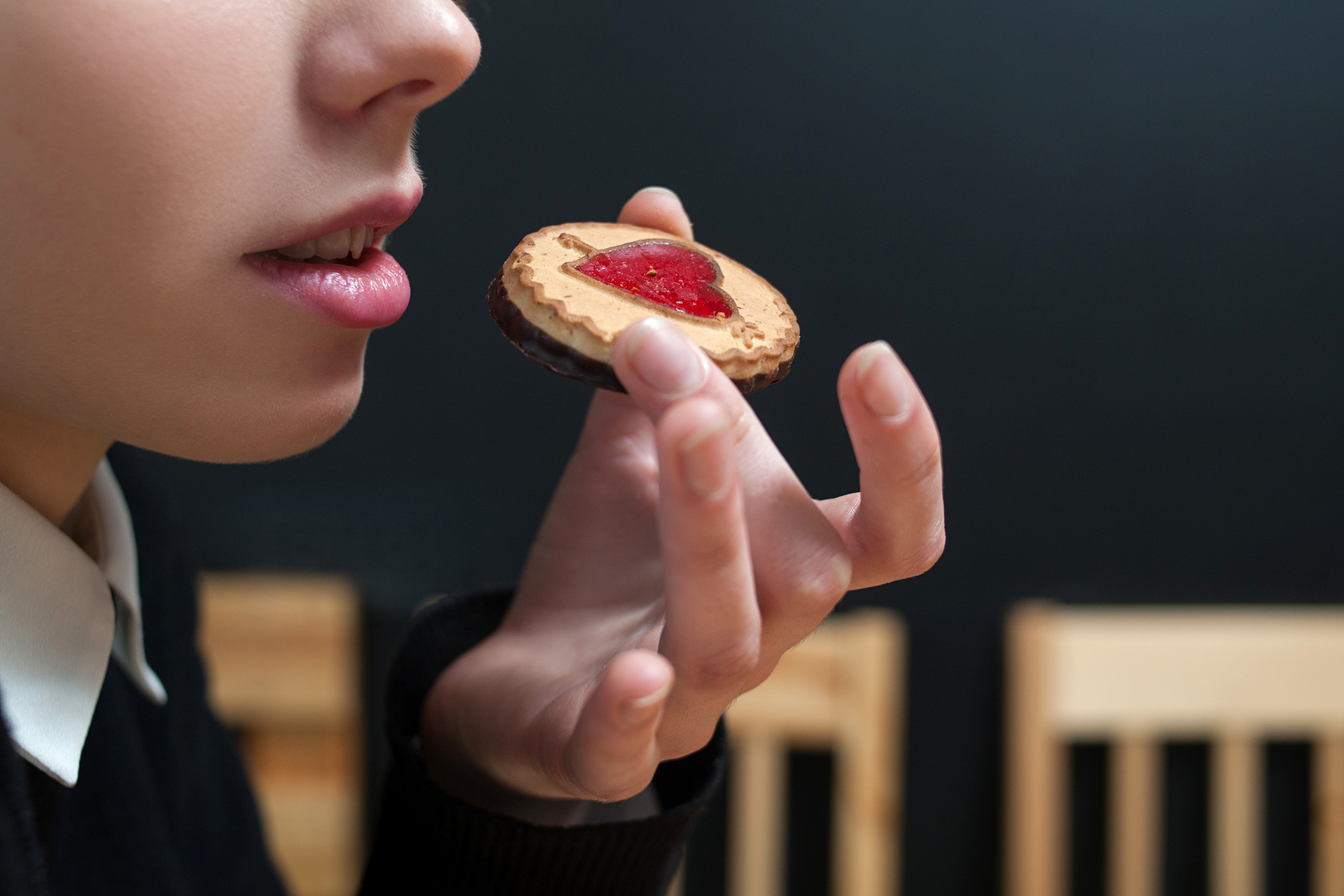For years, I’ve been hearing the same messages in the media, from friends and relatives about aging, and they all boil down to this: “Brace yourself! Get ready for your looks to go downhill and your skin to head south.”
Cosmetic companies make billions of dollars off the fear of aging skin, with new anti-aging products and topical “miracle” products launched every year. From my own experience and that of my patients, most of these products wind up half empty and jammed in the back of the cabinet while the search for a solution continues.
Nevertheless, beneath all that marketing hype there has been an authentic leap forward in our understanding of what causes skin to age, and it centers on inflammation.
This is good news! It means your skin really can look better than ever — no matter how old you are — once you recognize that what happens on the inside, on both a physical and emotional front, truly does show up on the outside. That’s because the aging you see in your skin is biological, not chronological, and can be delayed or even reversed with a holistic, natural approach that includes optimal diet, lifestyle and product choices.
Other bothersome skin conditions, like acne, rosacea, and dermatitis, also benefit from this approach to healthy skin. Whereas conventional medicine turns first to antibiotics, acids, retinol and steroid creams to treat the symptoms of these conditions, my approach helps women resolve them by addressing the core cause — inflammation.
I see the results of this inside-out approach every day in my own skin, and in the skin of my patients. I see that skin grow younger looking and more vibrant each day. And yours can too – but the solution relies more on what you put in your body than what you put on your skin.
In this article, I’ll talk about skin and inflammation, the biology of skin, and how inflammation impacts certain skin conditions. Let’s get started.
Skin: what the world sees
One of the first things we notice about babies is how smooth and soft their skin is. From the moment we are born, our skin serves as our most reliable barrier between our inner and outer worlds. It is the layer everyone can see and touch. If the eyes are the windows to the soul, then our skin is the causeway to the brain. In fact, our skin has its own kind of independent intelligence: it blushes when we’re embarrassed, “crawls” when we’re afraid, and itches or tingles for no apparent physical reason.
A woman’s complexion is intimately connected with her feelings of self-confidence and power: it’s the “face” she shows to the world. No wonder women spend so much time and money on beauty products and make-up. Instead of looking at what causes the so-called “flaws” that show up on our skin, we’ve been taught to cover them up with expensive beauty products or mask the symptoms with medication.
No matter what line a beauty company tries to sell you, the basic fact is that a beautiful face is not just skin deep. Think of a plant – the first indication that it needs water is its droopy leaves. It may revive a bit if you spray some water on its surface, but in order to restore the plant to vibrancy you have to water its roots.
Listening to your body is the best way to achieve good health. Paying loving attention to the health of your skin is one of the easiest ways to hear what your body is telling you. Whatever is going on inside will eventually show up on the outside. If you have skin concerns, chances are you need to look beyond the surface to discover what is really going on.
Yes, it can be complicated — the anatomy of the skin is linked to all our major functions, including the immune, respiratory, circulatory, lymph and neurotransmitter systems. Caring for yourself on all of these levels will do wonders for the health of your skin. But you don’t have to do it all at once, and before you can do anything at all, you need to understand how it’s all connected.
Inflammation and Skin
Skin concerns arise on two fundamental levels: acute and chronic. This article focuses on chronic issues such as premature aging, acne, dermatitis and rosacea — all conditions that have been linked to chronic inflammation. Acute skin conditions and allergic responses, such as eczema, hives, rashes and/or unusual thickening, mottling/bruising or mole growth are very individual and may indicate a more serious underlying condition. If you notice any sudden or extreme change in your skin or moles, contact your healthcare professional.
To make significant improvements in the tone and texture of your skin, you need to soothe inflammation on two fronts:
- By neutralizing free radicals (both inside and out); and
- By boosting immune function through good nutrition, supplements, hormonal balance, detoxification, and topical support.
Dr. Nicholas Perricone, author of The Wrinkle Cure and The Perricone Promise, has pioneered a new way of thinking about skin care that centers on inflammation. While his landmark program is highly effective, as well as others with a similar venue, all are ones I wholeheartedly recommend to my patients, the theory isn’t new. Other cultures have been operating under this premise for thousands of years.
In Chinese medicine, too much heat is one of the fundamental imbalances that seriously undermine the body’s ability to repair itself. Very briefly, one principle of Chinese medicine is that when the five elements governing the body are in balance, optimal health is achieved. Two of these elements are water (the yin) and fire (the yang). When a woman’s internal balance is tipped toward fire, one of the clarion signs is itchy skin, flushing or an outbreak of pimples (internal inflammation literally erupts on the surface). Not surprisingly, one surefire way to support clear skin is to drink plenty of water, which helps maintain internal balance.
By the time a woman sees visible signs of aging (usually in her late 30’s or early 40’s), it’s highly likely she’s been operating with low-grade inflammation for years. Undiagnosed food sensitivities, poor diet, stress, hormonal imbalance, toxic overload and a sedentary lifestyle form a potent challenge to the immune system, making it harder for the body to fight inflammation on the inside. On the outside, sun exposure, weather, bacteria and environmental toxins trigger an immune response that ultimately weakens collagen, dilates surface blood capillaries, and clogs pores.
How this manifests in your skin is unique to every woman, but for most of us it appears as uneven skin tone, sporadic or chronic outbreaks and, of course, premature aging.
The biology of aging skin
Walk over to a mirror and look at your face, neck and hands. For most people, these are the parts of their skin that wrinkle, thin or sag first. Now roll up your sleeve and look at the underside of your elbow or forearm. Any difference you see between the two is the result of aging.
You may think that there’s not much you can do about aging skin — you can’t help getting older every year. But I’m not talking about chronological aging, I’m talking about cellular, or biological, aging. That means that the DNA inside a healthy cell has become fragmented or shortened, which affects the mitochondria inside the cell. And there is plenty you can do to prevent that from happening, or heal damage already done.
Mitochondria are the fuel factories in our cells that convert the food we eat into energy. When mitochondria malfunction, the cell dies. How well we age, including our vulnerability to disease, is due in part to how healthy our mitochondria are. Recent studies have linked oxidative stress — the accumulation of free radicals in the cell — and genetic defects in mitochondria with premature aging.
And what causes mitochondria to self-destruct? One convincing theory is the presence of systemic inflammation.
A common cause of inflammation in our country is our high sugar diet. Too much sugar or high glycemic food ultimately leads to a metabolic process called glycation (or glycosylation) in which sugar molecules in the blood bond to proteins and DNA, which over time become chemically modified. These new bonded proteins are called AGE’s, or advanced glycation end-products.
AGE’s create unnatural crosslinks with collagen proteins and change their shape, flexibility, elasticity and function. The result is premature aging. What’s more, the presence of AGE’s generates additional inflammation, so this premature aging is even more accelerated.
Inflammation and glycation are two related reactions that impact the body’s natural state of balance and manifest themselves as aging throughout the body’s organ systems. This is most apparent in the skin, since that’s what we can see. So what prompts the immune system to respond like this in the first place?
The free radical theory of aging
Free radicals are highly unstable oxygen molecules missing a single electron from their outer orbit. Since electrons like to travel in pairs, free radicals steal electrons from healthy cells, wounding those cells and setting off a complicated intracellular inflammatory response.
These highly destructive free radicals surround us, internally and externally. They are formed on the skin within five minutes of unprotected sun exposure and do a lot of damage, quickly, to the collagen layer of the skin. The sun is responsible for the majority of skin damage I see in my patients, but our skin is also barraged by free radicals externally through pollution, x-rays, chemicals and toxins in lotions and cosmetics.
Internally, free radicals fuel inflammation. The greatest offenders are smoking, hormonal imbalance and a poor diet, including an over-reliance on high-glycemic foods, undiagnosed food sensitivities/irritants, additives, artificial sweeteners and trans fats. Smoking a single cigarette creates billions and billions of free radicals. A burdensome toxic build-up, including heavy metal and prescription drug overload, also creates free radicals.
Common skin conditions related to inflammation — acne, rosacea, and dermatitis
Acne and chronic outbreaks of pimples, whiteheads and blackheads are caused when oil (also called sebum) and dead skin cells build up in the skin and clog pores. In the case of chronic acne, the walls of the skin cells become damaged and vulnerable to the infiltration of bacteria. The bacteria colonize within the clogged skin follicle, creating an infection and subsequent inflammation.
Acne can affect people at any time, not just in puberty. In fact, dermatologists categorize several forms of acne by life stages: baby acne, related to lingering levels of estrogen from the mother; teenage acne, caused by hormonal imbalance; and adult-onset female acne, which usually appears on the nose, cheeks, chin and jawline and is triggered by fluctuating hormone levels during perimenopause. The good news is that once hormone levels stabilize, adult onset acne does get better.
In cases of acute acne, conventional medicine usually turns to antibiotics and aggressive topical peels as its first line of defense against the bacterial infection. This usually yields short-term improvement, but can actually exacerbate inflammation over the long term if the antibiotics upset the balance of intestinal flora. To truly get to the bottom of acne (and fully support your body while you are on antibiotics, if you really need them) I always recommend a holistic approach first, one that will rebalance the inner workings of the body, cool internal heat and soothe inflamed emotions. And if one needs to be on an antibiotic, just adding a probiotic before each meal can help prevent imbalance of the natural intestinal flora.
Rosacea is another common inflammatory skin condition that affects many women. This occurs when the tendency to flush easily thins and breaks the tiny capillaries at the surface of the skin, resulting in a permanently rosy complexion. Many women see the first signs of rosacea in their late 30’s. It is exacerbated by poor diet, digestive issues, hot temperature, alcohol, caffeine and stress — anything that turns up your internal thermostat!
There is also some indication that people with certain temperaments are more prone to rosacea than others, typically women who have perfectionist tendencies and are more vulnerable to feelings of guilt and shame (the emotions that cause one to blush). For more information on this connection, look into the work my friend Dr. Christiane Northrup has written on rosacea.
I find that in most of the cases of rosacea that I see, a digestive component that creates inflammation is also present. Identifying and eliminating food sensitivities and problems with the gut, and adding probiotics to the diet, will dampen internal heat and help curb future bouts of rosacea. Many new exciting technologies, like pulsed laser therapy, can be very successful at reducing existing damage.
Dermatitis means “inflamed skin,” and this class of skin disorders includes chronic conditions such as seborrhea (dandruff) and eczema. While there are genetic components to these conditions, soothing inflammation from the inside out by eliminating toxins and allergens will certainly improve the body’s natural ability to heal these concerns, and identifying any possible external allergens or irritants (such as synthetic fabrics or plastics woven into clothing) may also help. Some of my patients have had success combining topical use of essential oils with a detoxification plan.
Caring for your skin naturally
Now that you understand the toll that inflammation can take on your skin, you’re ready to learn what you can do about it! There are many natural approaches, including changing your diet, breaking unhealthy habits, and addressing emotional turmoil to reduce internal stress, that will help you regain your healthy glow. For details on these approaches, read my article “Holistic Skin Care – Healthy Skin from the Inside Out.”
We can’t stop the chronological aging process, but we can slow the biological aging process and have clear, smooth skin long term. Let me help you learn how!







